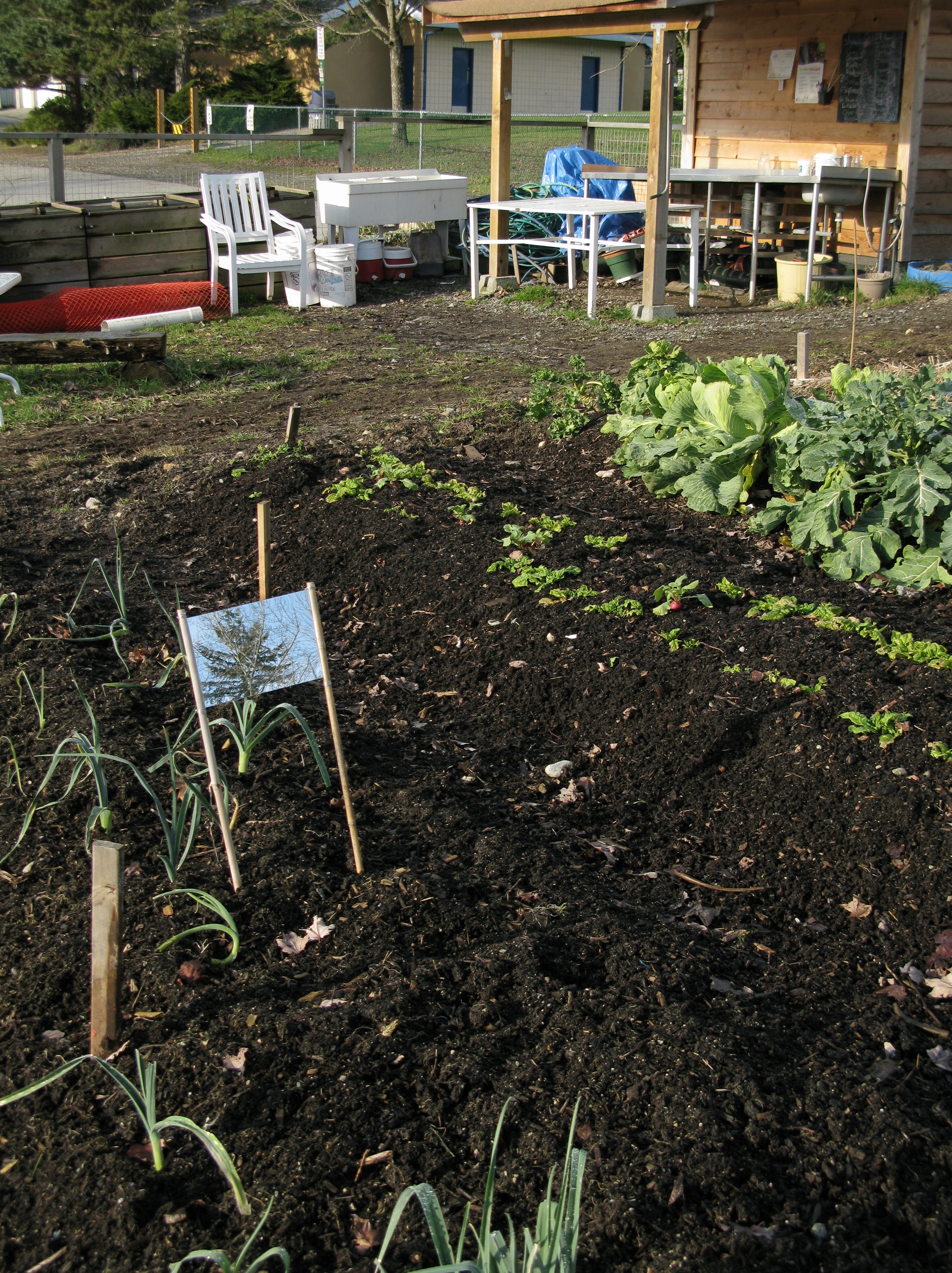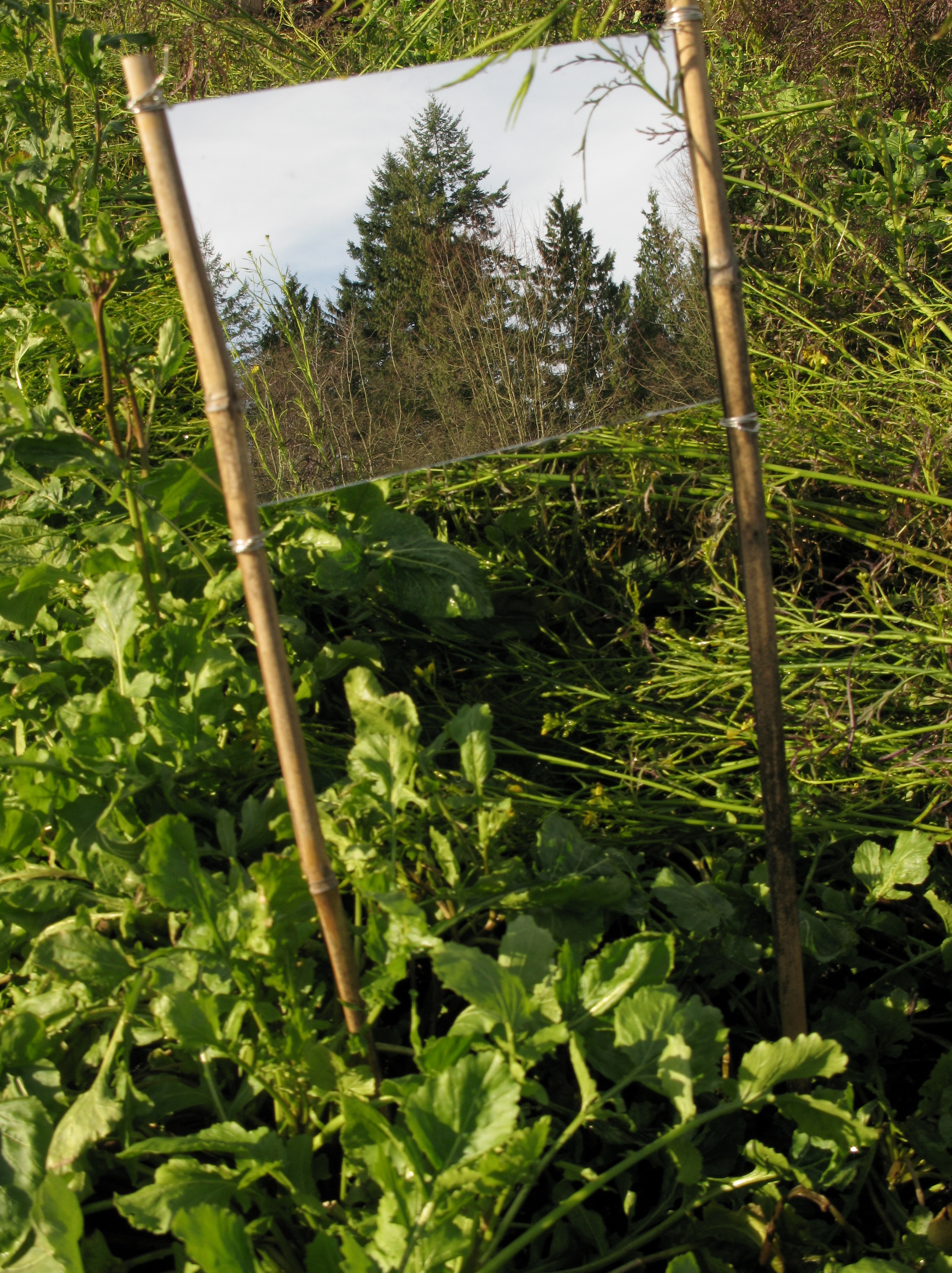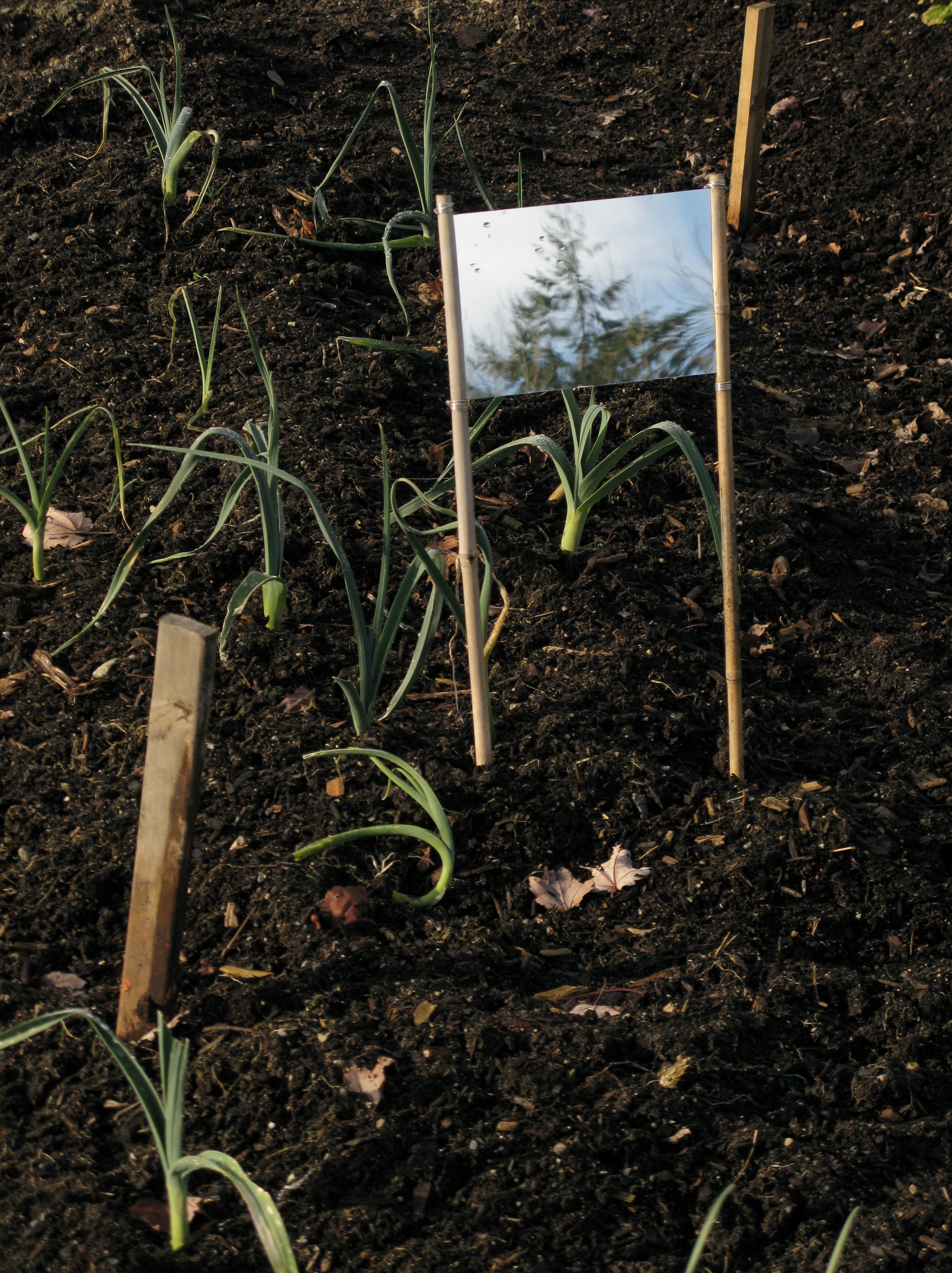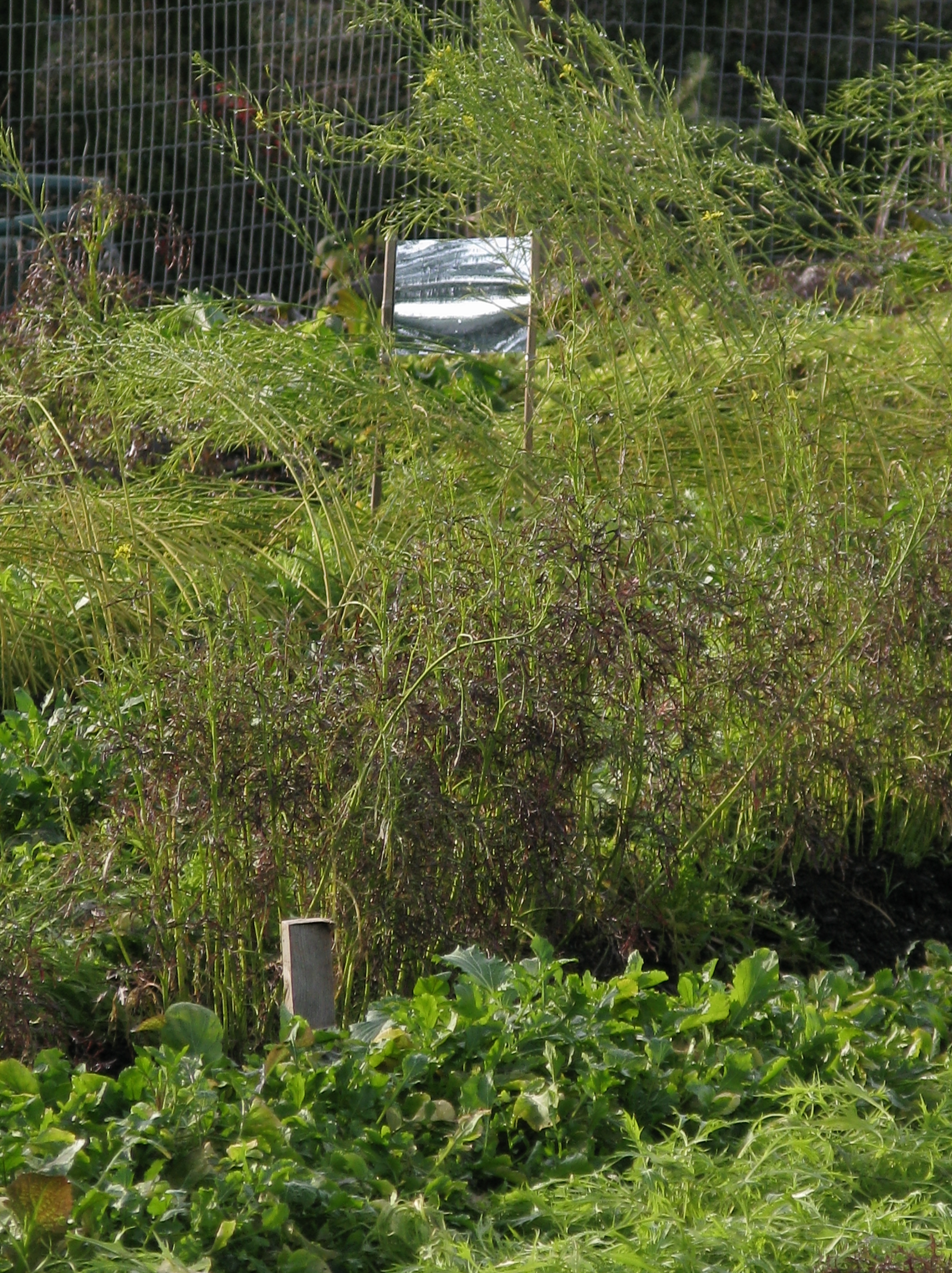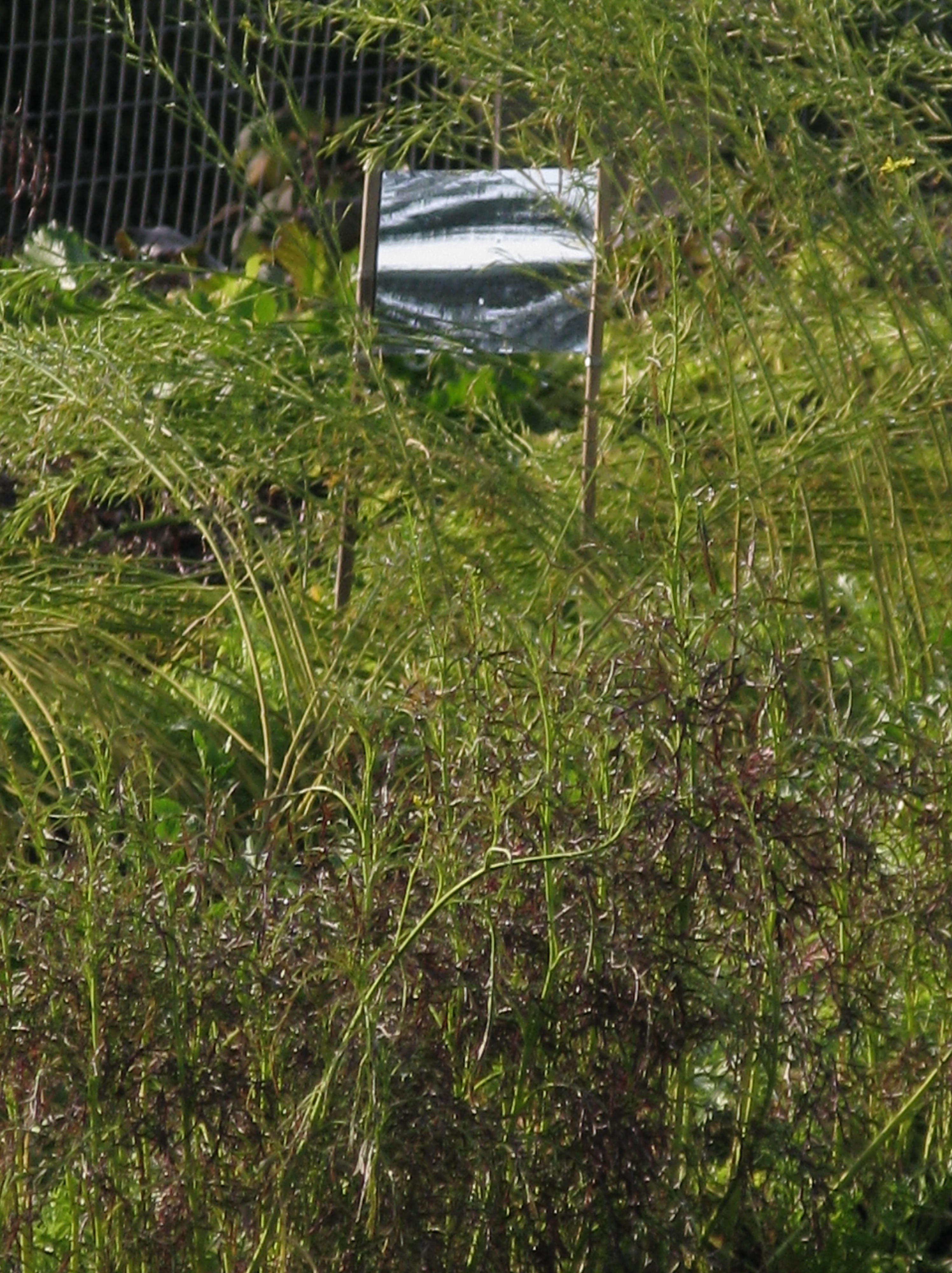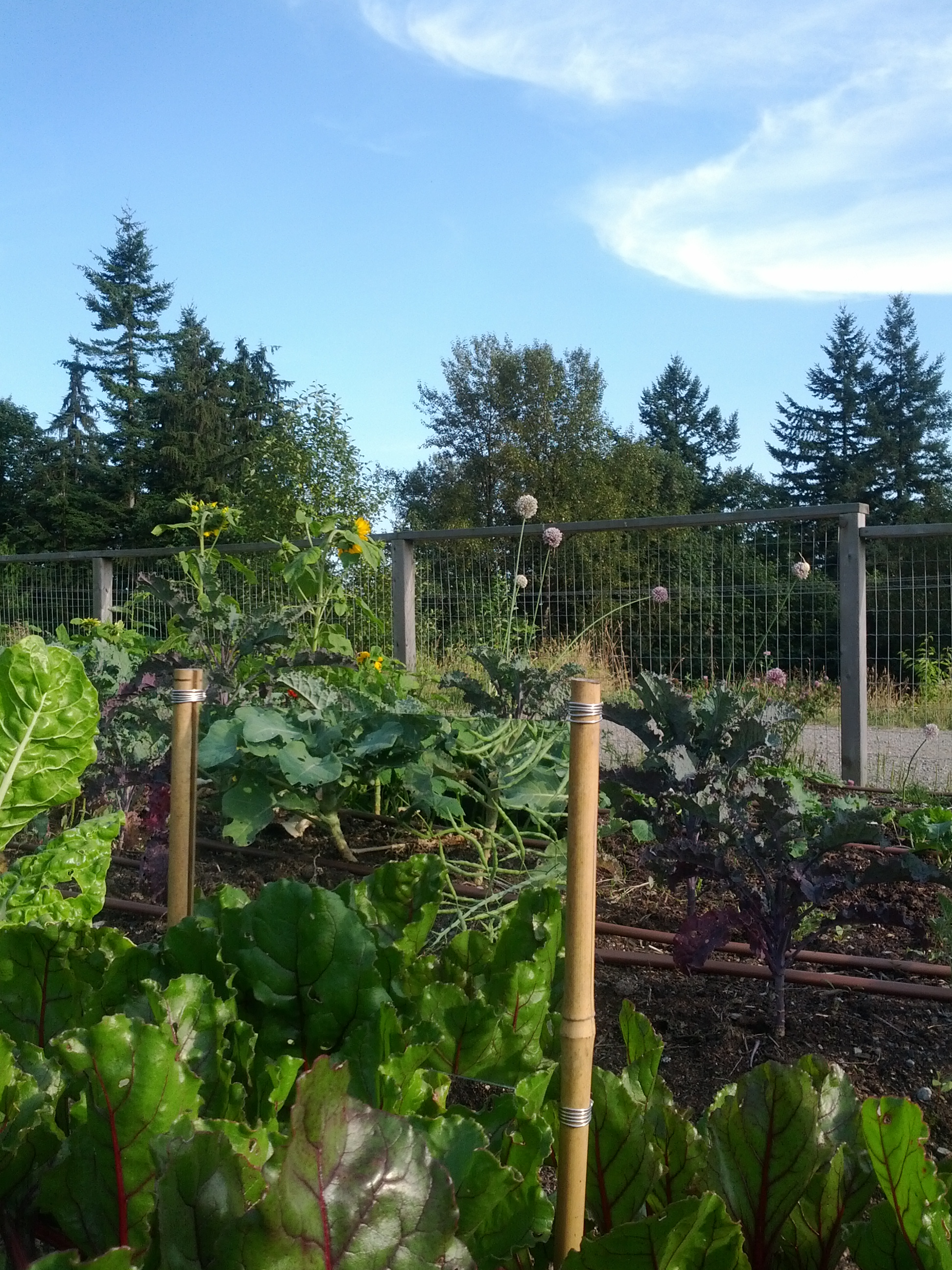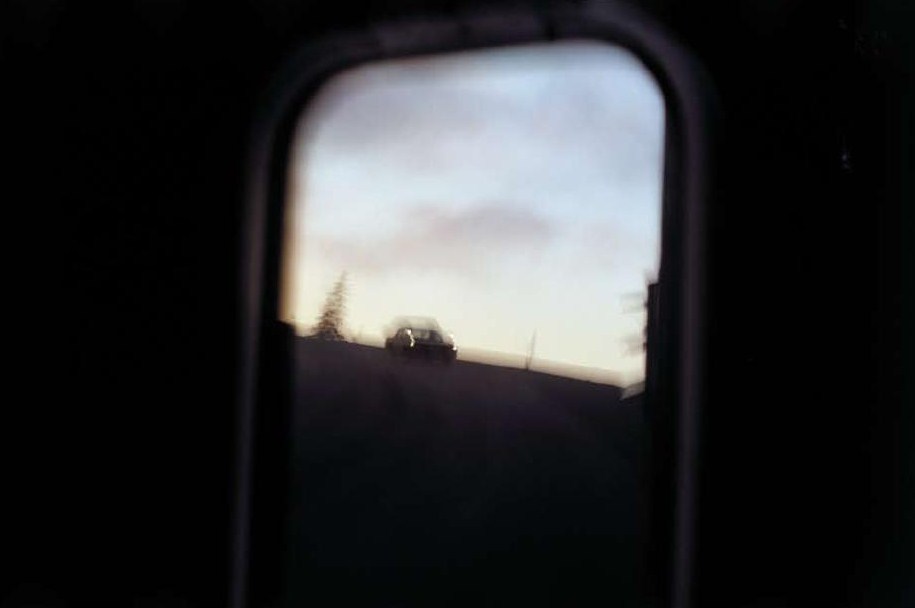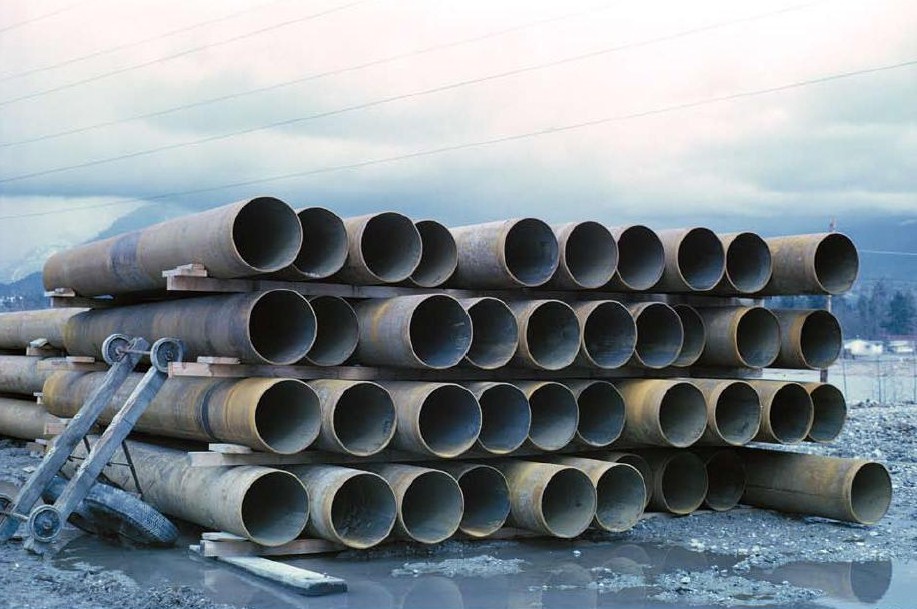Archives for March, 2013
IAIN BAXTER&: Elseness
Posted: March 26, 2013
IAIN BAXTER&: Elseness
David Bellman
Research Curator
__________
1. Imaginal Margin
“Sensing + Selecting + Perceiving = Seeing”
– Aldous Huxley (1943)
Phil Davis, Mandrake the Magician (October 30, 1938). MANDRAKE- © 1938 KING FEATURES SYNDICATE, INC. WORLD RIGHTS RESERVED.
“MATTER + ECOTYPE + TERMINATION SIGHT = VSI [Visual Sensitivity Information]
– Iain Baxter (1969)
“There is something that is always overlooked in this present age, something that has to do with the working, and the wanting to work, of the spiritual world. It is this: that total spiritual activity must include the creative activity to be found in human thought and feeling.”
– Rudolf Steiner (1924)
“To inspire everybody with the visual experience that we are united by cooperative progress alone is the job of the artist of the future. Needless to say, the activities of this artist can no longer terminate in the ‘work of art’.”
– Herbert Bayer (1947)
“When the creative self-changeability of all processes of modern life becomes the soul of artistic activities, the ‘work of art’ cannot possibly remain in the center of art life. … It is evident that life tends toward a visual language consisting of concrete transitory acts that actually improve life, and tends away from any fixed form, from any monumentality.”
– Alexander Dorner (1947)
__________
2. Contexture
Iain Baxter (N.E. Thing Co.) / IAIN BAXTER&, "Imaginary Thing," 1969 / 2013:
IMAGINARY THING
Location – Earth center.
Square chamber in center of earth. ... A square chamber 100 x 100 x 100 miles created, lined, and insulated to keep the temperature at approximately 70 degrees Fahrenheit. ... A spherical bladder of urethane vinyl, 100 miles in diameter, is inserted into the square chamber and inflated.
[This text was submitted to CONCEPT ART – an exhibition at Städtisches Museum Leverkusen, Germany, 1969.
In 1936, Danish Seismologist Inge Lehmann (1888-1993) theorized that "Earth's Center" consisted of a solid inner core surrounded by a liquid outer core. Her "hypothesis" was confirmed in 1970.]
“Society occupies the circumference; the individual is at the center; from the center to the circumference are arranged, like so many ever-widening concentric circles, the various groups to which the individual belongs. From the circumference to the center, as the circle grows smaller, obligations are added to obligations, and the individual ends by finding himself confronted with all of them together. Thus, obligation increases as it advances; but, if it is more complicated, it is less abstract, and the more easily accepted. When it has become fully concrete, it coincides with a tendency, so habitual that we find it natural, to play in society the part which our station assigns to us.”
– Henri Bergson (1932)
“Nature is at the first day; it is there today.”
– Maurice Merleau-Ponty (1964)
“Apart from the ideal gardens of the past, and their modern counterparts, national and large urban parks, there are the more infernal regions – slag heaps, strip mines, and polluted rivers. Because of the great tendency toward idealism, both pure and abstract, society is confused as to what to do with such places. Nobody wants to go on a vacation to a garbage dump. Our land ethic, especially in that never-never land called the “art world” has become clouded with abstractions and concepts.”
– Robert Smithson (1972)
__________
3. Continuative Moment
Iain Baxter, OFF AND ON, acrylic on canvas, ca. 2000. Installation view. (Photo: IAIN BAXTER&.)
‘The real content of a work is the vision expressed in its way of forming (modo di formare). Any analysis of the relationship between art and the world will have to take place on this level.”
– Umberto Eco (1962)
“Unless there is a constant and a recurrence, there is no depth in the matrix.”
– Vernon Watkins, 1906-1967 (n.d.)
IAIN BAXTER&, Untitled, mirror [framed] and adhesive letters [attached], 2013. Installation view, 2013. (Photo: M. Cynog Evans, CAUSA Archives.)
“An originary world is not an any-space-whatever (although it may resemble one), because it only appears in the depths of determined milieux; but neither is it a determined milieu, which only derives from an originary milieu.”
– Gilles Deleuze (1983)
“People nowadays cannot detach themselves from their habitual concepts. Yet this is the most important task today: not simply to believe that we have to change our outer relationships but to understand that we must transform our ideas, our concepts, radically. We need different heads on our shoulders.”
– Rudolf Steiner (1919)
“Place and framing are all-important. The various ways we move through space, capture it, think about it … when you’re standing in a particular place yourself you’re actually placed there as a specific person or piece of information. The framing speaks to how we speak of our existence.”
– IAIN BAXTER& (2011)
"Chiba Garden, North Vancouver – Spring, 2013." (Photo: M. Cynog Evans, CAUSA Archives.)
[This traditional Japanese garden –:completed in 1986 – was designed by landscape architect Toshimasa Ito.]
__________
March 26, 2013
__________
IAIN BAXTER&: In the Field of Fluent Language
Posted: March 15, 2013
IAIN BAXTER&: In the Field of Fluent Language
David Bellman
Research Curator
CAUSA
__________
“Definition is limitation.”
– Kakuzo Okakura (1904)
Simon Fraser University logo (designed by Iain Baxter, 1965) – published in Canadian Architect, 11 no 2, 1966. [Photo: M. Cynog Evans, CAUSA Archives.]
“Language cannot be regarded as a copy of things but as a condition of our concept of things.”
– Ernst Cassirer (1942)
Business card for IAIN BAXTER, Professor of Visual Perception and Design / N.E.Thing Co. Ltd., [recto/verso], 1969.
__________
“Scientific experiment, relying on empirical rigor in refining its methods and verifying its results, seeks to extend and consolidate our grasp of order in the universe. Artistic experiment sets out to breed disorder, thwart determinism, and open up a space for individual freedom and consciousness.”
– Roger Shattuck (1984)
Installation of N.E. Thing Co.: Building Structure, Carmen Lamanna Gallery, Toronto, 1969
Realization of this work had entailed fabrication and installation instructions being sent (via telephone, from North Vancouver) to consulting architect Barrie Brisco – who worked with Toronto carpenters in completing the project.
__________
Posters: Robert R. Reid
__________
“With the threat of crises and the depletion of natural resources, economic thought has been touched by the grace of ecology and is rethinking its postulates on the possibility of infinite growth. But it is not rethinking the other postulate on the infinite availability of human beings to increasing amounts of happiness and pleasure. This anthropological illusion may be even more serious than the limits on resources. Humans are also limited in their potential. We imagine that needs, desires and demand are all endless and we have vigorously endeavoured (especially since 1929) to convince them to respond with exponential demand to the exponentiality of growth. This is where the break comes in: humans break down.”
– Jean Baudrillard (2005)
__________
15.03.13.
IAIN BAXTER&: Momentary-Immarginate Matters-Of-Fact
Posted: March 4, 2013
Frameworks for an Intervention
__________
IAIN BAXTER&:
Momentary-Immarginate
Matters-Of-Fact
David Bellman
Research Curator
CAUSA
__________
“In a certain sense, everything is everywhere at all times. For every location involves an aspect of itself in every other location. Thus every spatio-temporal standpoint mirrors the world.”
– Alfred North Whitehead (1925)
__________
IAIN BAXTER&, “Fourteen Mirrors – Loutet Park Urban Farm, North Vancouver” (detail), 2012. Photo: M. Cynog Evans (CAUSA Archives).
__________
“It is vain to want to restore universal values from the debris of globalization. … Once the mirror of universality is broken (which is like the mirror stage of modernity), only fragments remain, scattered fragments. Globalization automatically entails, in the same movement, fragmentation and deepening discrimination – and our fate is for a universe that no longer has anything universal about it – fragmentary and fractal – but that no doubt leaves the field free for all singularities: the worst and the best, the most violent and the most poetic.”
– Jean Baudrillard (2005)
__________
IAIN BAXTER&, “Fourteen Mirrors – Loutet Park Urban Farm, North Vancouver” (detail), 2012. Photo: M. Cynog Evans (CAUSA Archives).
__________
“I like to challenge the preconceived ways that society does things. … I tend to make art that will lead people to look at life in a different way, to lead their lives in a different way.”
– IAIN BAXTER& (2011)
__________
IAIN BAXTER&, “Fourteen Mirrors – Loutet Park Urban Farm, North Vancouver” (detail), 2012. Photo: M. Cynog Evans (CAUSA Archives).
__________
“Vivisective inspection of all modes of our own inner-outer and individual-social lives makes us acutely sensitive to all inter-cultural and inter-media experience.”
– Marshall McLuhan (1969)
__________
IAIN BAXTER&, “Fourteen Mirrors – Loutet Park Urban Farm, North Vancouver” (detail), 2012. Photo: M. Cynog Evans (CAUSA Archives).
__________
“Photography yields the analogy between light and thought.”
– Roger Shattuck (1968)
__________
IAIN BAXTER&, “Overpass, Fraser Valley, British Columbia,” 1968.
IAIN BAXTER&, “Passing Through, Trans-Canada highway,” 1968.
__________
“The present contains nothing more than the past, and what is found in the effect is already in the cause.”
– Henri Bergson (1907)
__________
IAIN BAXTER&, “Fourteen Mirrors – Loutet Park Urban Farm, North Vancouver” (detail), 2012. Photo: M. Cynog Evans (CAUSA Archives).
__________
“Nearly all our originality comes from the stamp that time impresses upon our sensibility.”
– Charles Baudelaire (1869)
__________
IAIN BAXTER&, “Pipes, North Vancouver, British Columbia,” 1968.
IAIN BAXTER&, “Fruit Crates, Okanagan Valley, British Columbia,” 1965.
__________
04.03.13
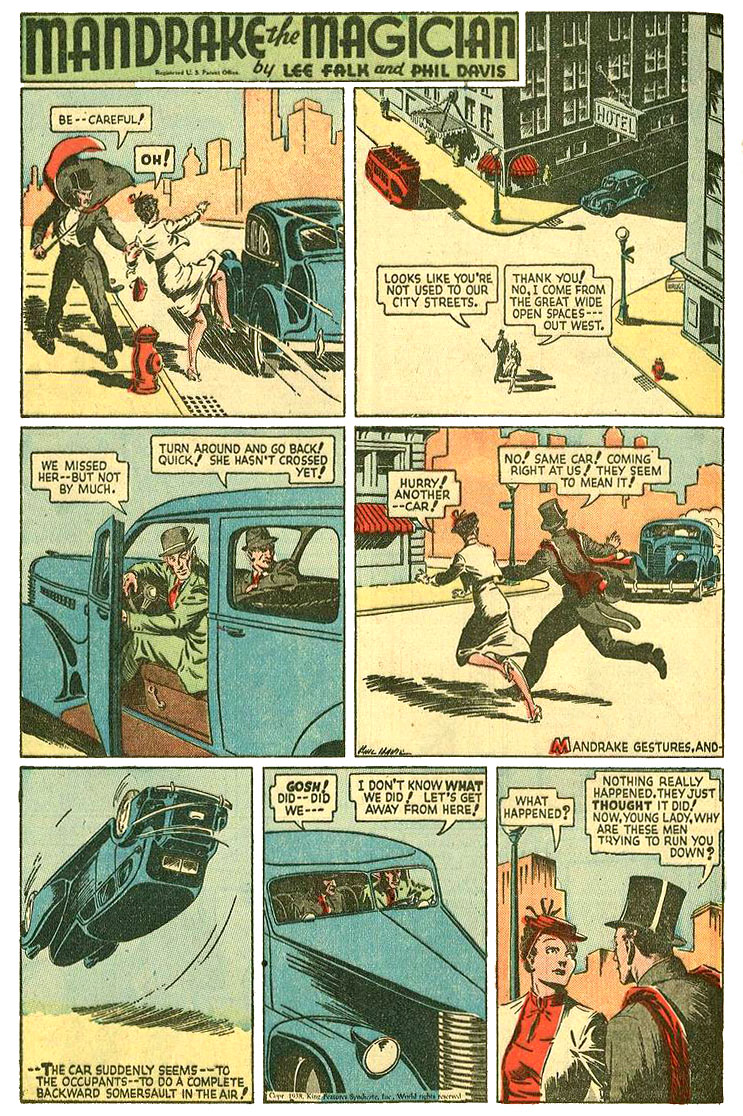

![IAIN BAXTER&, Untitled, mirror [framed] and adhesive letters [attached], 2013. Installation view, 2013. (Photo: M. Cynog Evans, CAUSA Archives.)](images/blur.jpg)
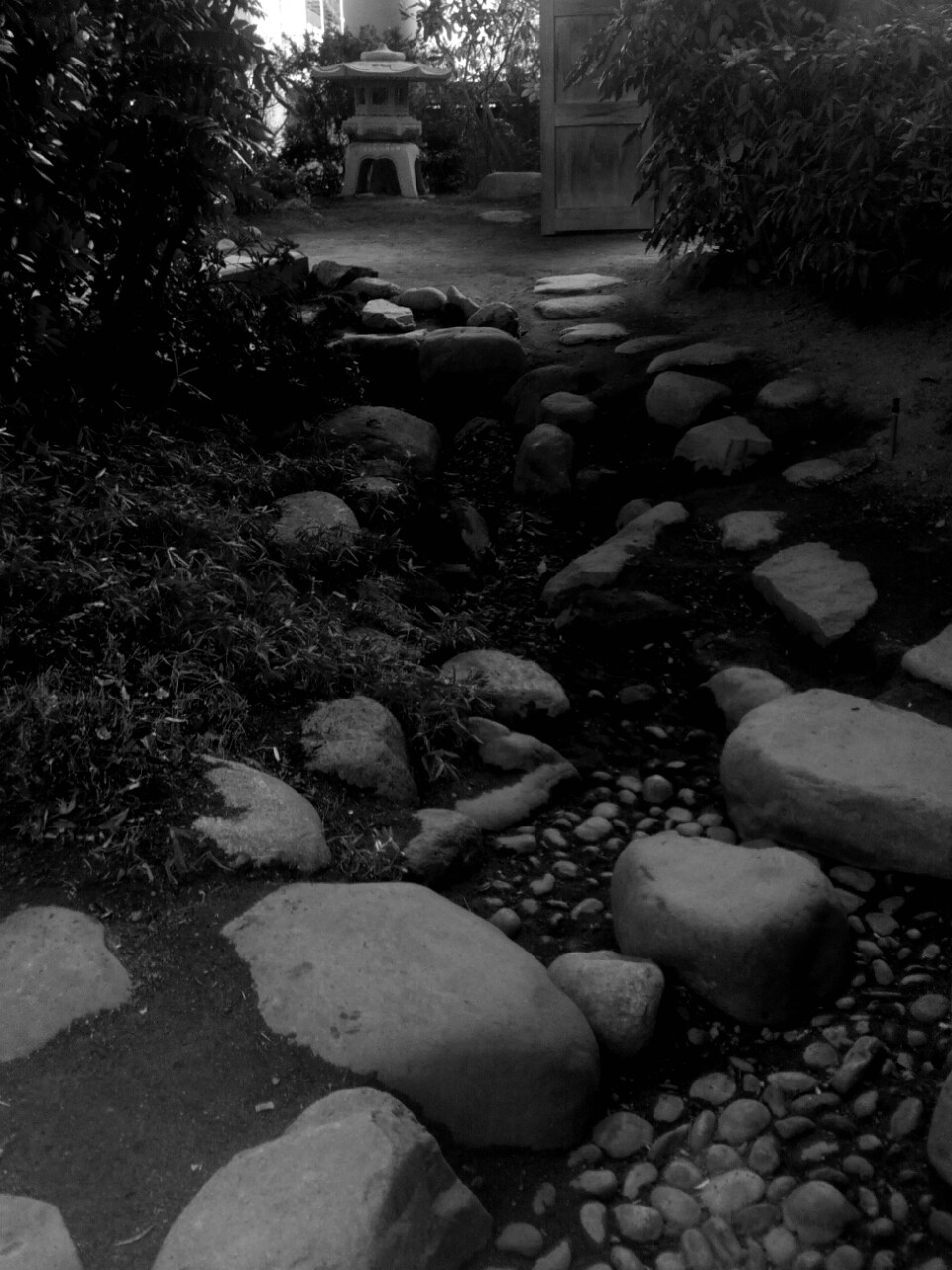
![Simon Fraser University logo (designed by Iain Baxter, 1965) – published in Canadian Architect, 11 no 2, 1966. [Photo: M. Cynog Evans, CAUSA Archives.]](images/sfu.jpg)
![Business card for IAIN BAXTER, Professor of Visual Perception and Design / N.E.Thing Co. Ltd., [recto/verso], 1969.](images/card-2.jpg)
![Business card for IAIN BAXTER, Professor of Visual Perception and Design / N.E.Thing Co. Ltd., [recto/verso], 1969.](images/card.jpg)



